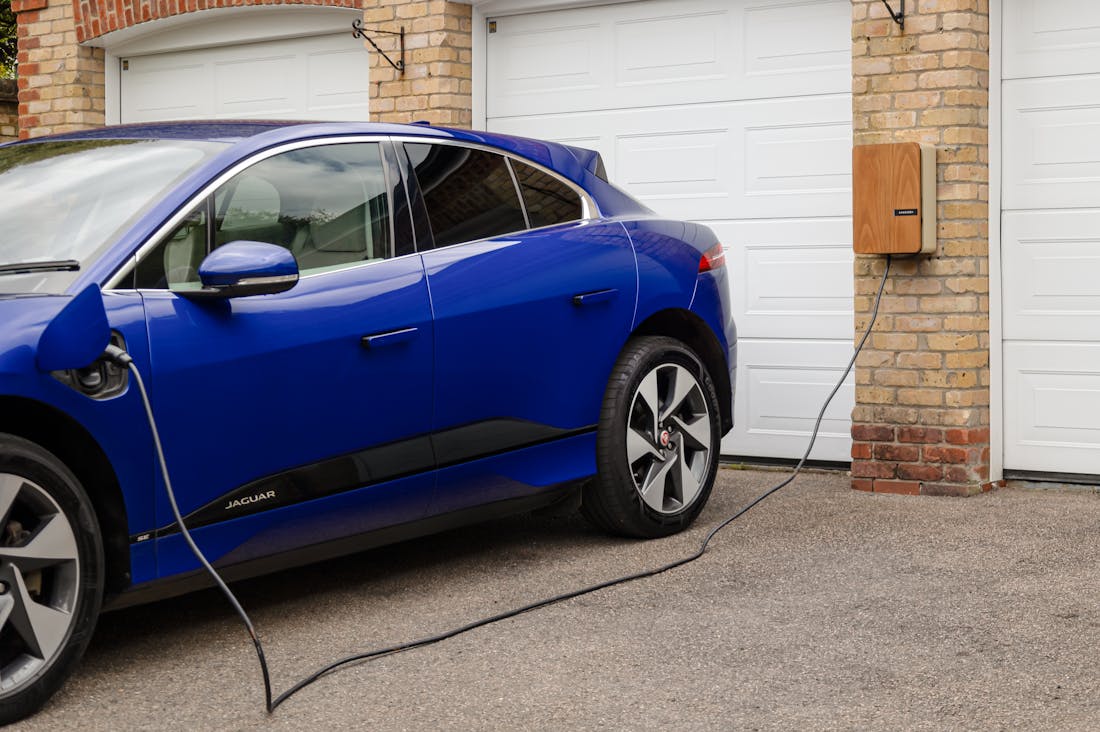The automotive landscape is undergoing a profound transformation, characterized by the rise of electric and autonomous vehicles. As technological advancements continue to reshape how we travel, issues of sustainability, urban mobility, and consumer behavior are at the forefront. This exploration delves into the implications of this shift, examining how vehicle ownership is evolving in response to these emerging trends. From environmental considerations to changing lifestyles, the future of vehicle ownership promises to redefine personal mobility and our relationship with transportation as a whole. Join us as we analyze the intersections of technology, policy, and personal choice in this rapidly changing arena.

The Rise of Electric Vehicles: Benefits and Challenges
The rise of electric vehicles (EVs) represents a pivotal shift in the automotive landscape, driven by growing environmental concerns and advancements in technology. One of the primary benefits of EVs is their potential to reduce greenhouse gas emissions, contributing to cleaner air and combating climate change. Additionally, they offer lower operating costs compared to traditional gasoline vehicles, thanks to cheaper electricity prices and reduced maintenance requirements. However, several challenges persist, including the need for extensive charging infrastructure, concerns about battery production and disposal, and range anxiety among consumers. Moreover, the transition to EVs necessitates significant investments in renewable energy sources to sustainably power the increasing number of electric vehicles on the roads. Balancing these benefits and challenges will be crucial as societies strive for a greener future.

Understanding Autonomous Vehicles: Technology and Safety
Understanding autonomous vehicles involves delving into advanced technologies that enable cars to navigate without human intervention. At the core of this innovation are sophisticated algorithms, sensors, and artificial intelligence systems that process data from cameras, lidar, and radar to interpret surroundings and make split-second decisions. Safety is a paramount concern in the development of these vehicles, leading to extensive testing and validation in diverse driving conditions. Manufacturers are focusing on creating robust safety protocols to mitigate risks, addressing challenges such as system failures or unpredictable road scenarios. As these vehicles advance, ongoing dialogue about regulations and ethical implications will shape their integration into society, aiming for safer, more efficient transportation.

Sustainability and the Future of Transportation
Sustainability and the future of transportation are intricately linked, as the pressing challenges of climate change demand innovative solutions for moving people and goods. Electric vehicles (EVs) are at the forefront, promising a significant reduction in greenhouse gas emissions compared to traditional fossil fuel-powered vehicles. Additionally, the integration of public transportation systems, like electric buses and trains, can further diminish urban congestion and pollution. Advancements in alternative energy sources, such as hydrogen fuel cells and biofuels, complement these efforts. Moreover, incorporating smart technologies, including autonomous vehicles and connected infrastructures, will optimize routes and enhance efficiency. Ultimately, a holistic approach to sustainable transportation will not only mitigate environmental impacts but also foster economic growth and improve quality of life in urban areas.
The Role of Policy in Shaping Future Mobility Trends
Government policies play a crucial role in shaping the future of mobility, particularly concerning electric and autonomous vehicles. Incentives such as tax credits and rebates for electric vehicle purchases encourage consumer adoption, while regulations on emissions drive manufacturers to innovate cleaner technologies. Cities are also implementing policies to promote public transport and reduce car dependency, enhancing urban mobility. Furthermore, comprehensive planning that includes infrastructure investments for charging stations and smart traffic management systems is essential. Policymakers must engage with stakeholders, including communities and industry leaders, to create frameworks that support sustainable transportation and address the diverse needs of urban populations.
Consumer Behavior Shifts in Vehicle Ownership
The changing automotive landscape is influencing consumer behavior and altering perceptions of vehicle ownership. Many are shifting from traditional ownership models to alternative solutions such as car-sharing and subscription services. These approaches offer flexibility and convenience, appealing to younger generations who value access over ownership. Additionally, increasing awareness of environmental issues is prompting consumers to consider the ecological impact of their transportation choices. As electric and autonomous vehicles become more mainstream, consumers will weigh factors such as sustainability, functionality, and technology in their decision-making processes. This evolution in consumer preferences will shape the automotive market's future, compelling manufacturers to adapt accordingly.
Technological Advances Driving the Future of Transportation
Technological innovations are pivotal in revolutionizing the transportation sector, particularly with electric and autonomous vehicles. The integration of artificial intelligence and machine learning enhances vehicle capabilities, allowing for real-time data analysis and improved decision-making on the road. Innovations such as vehicle-to-everything (V2X) communication are being developed, enabling cars to interact with infrastructure, pedestrians, and other vehicles for safer navigation. Additionally, advancements in battery technology are crucial, as they promise longer ranges and shorter charging times, addressing the concerns of potential electric vehicle users. As these technologies evolve, they will not only improve vehicle performance but also enhance overall transportation efficiency and safety.
Challenges Facing the Transition to Sustainable Mobility
Despite the promising prospects of electric and autonomous vehicles, significant challenges remain in the transition towards sustainable mobility. One major obstacle is the development of adequate charging infrastructure to support the growing number of electric vehicles on the road. Additionally, the supply chain for critical materials needed for batteries, such as lithium and cobalt, raises concerns about environmental and ethical sourcing practices. There are also societal challenges, including public resistance to adopting new technologies and the potential job disruptions caused by automation in transportation. Addressing these challenges requires collaboration between industry stakeholders, governments, and communities to ensure a smooth transition that balances innovation with sustainability and social equity.
AI-Assisted Content Disclaimer
This article was created with AI assistance and reviewed by a human for accuracy and clarity.